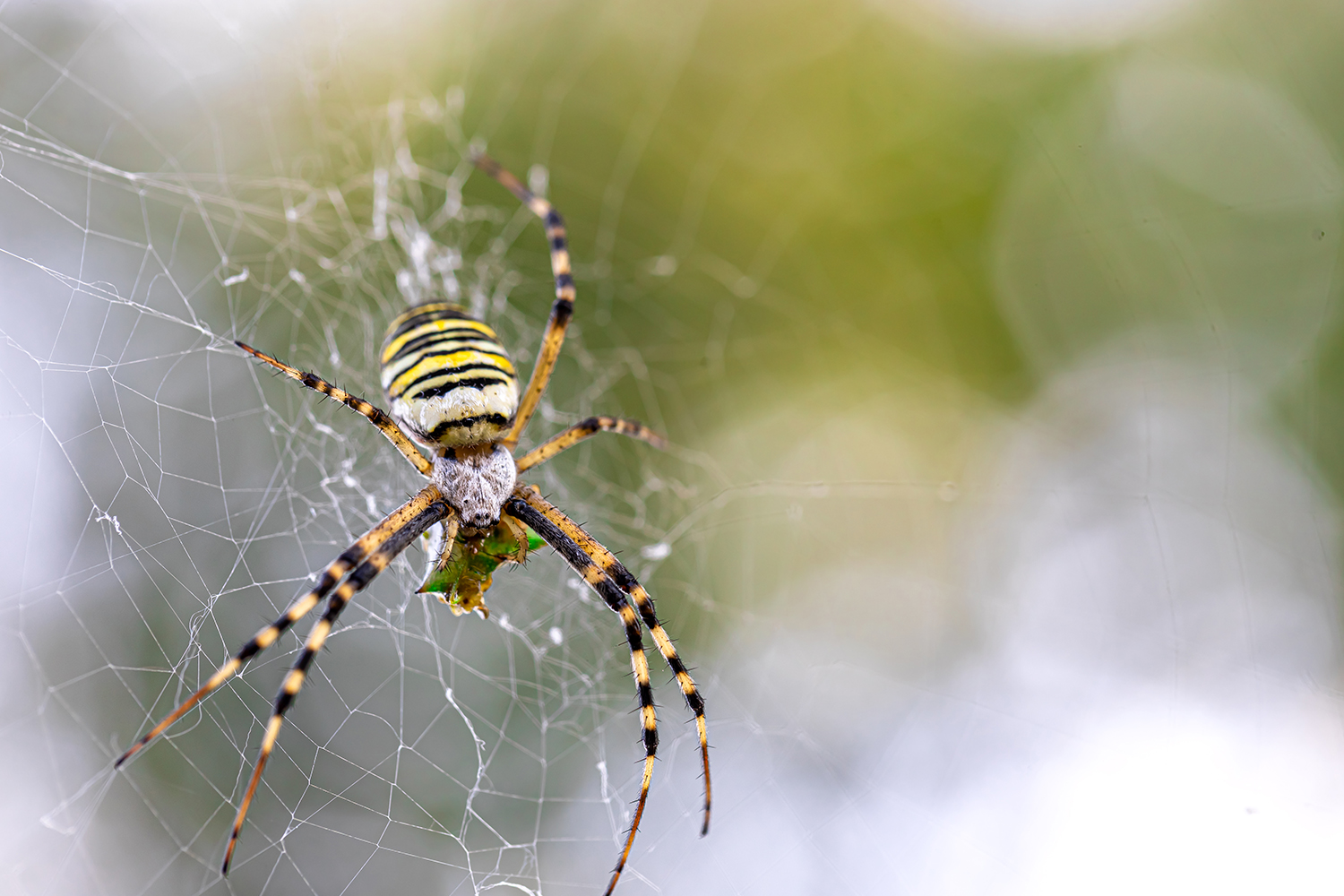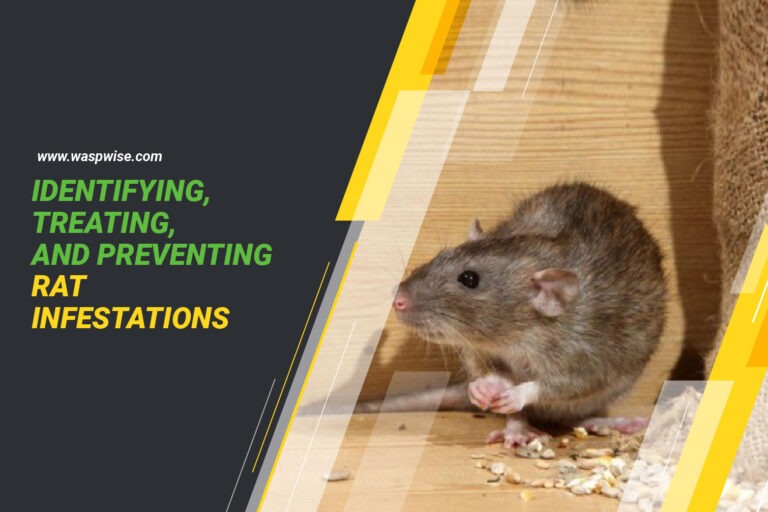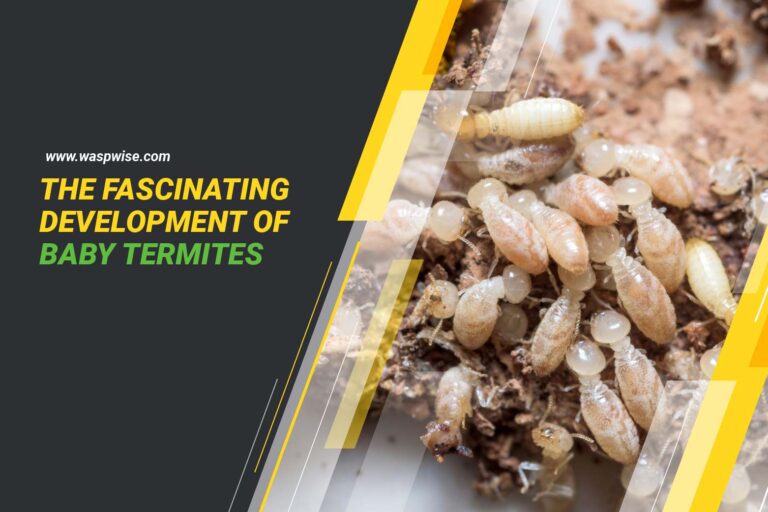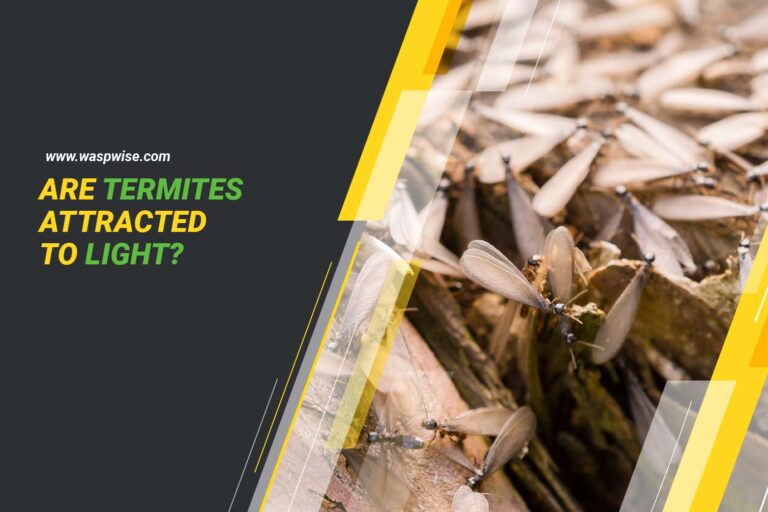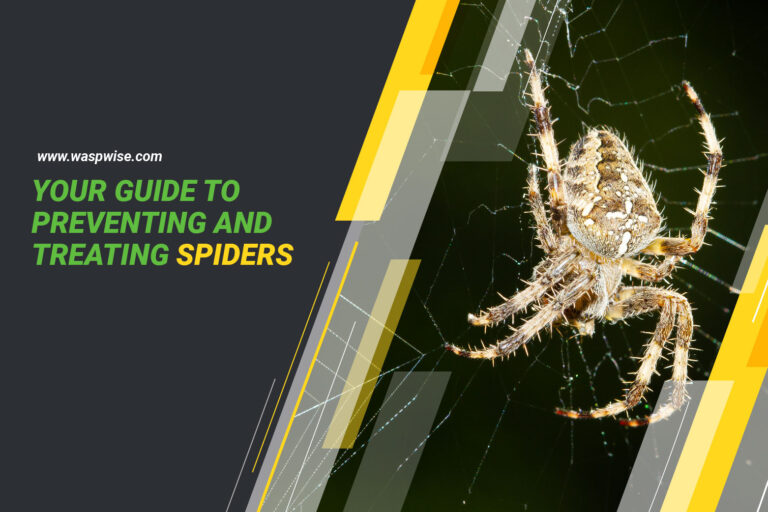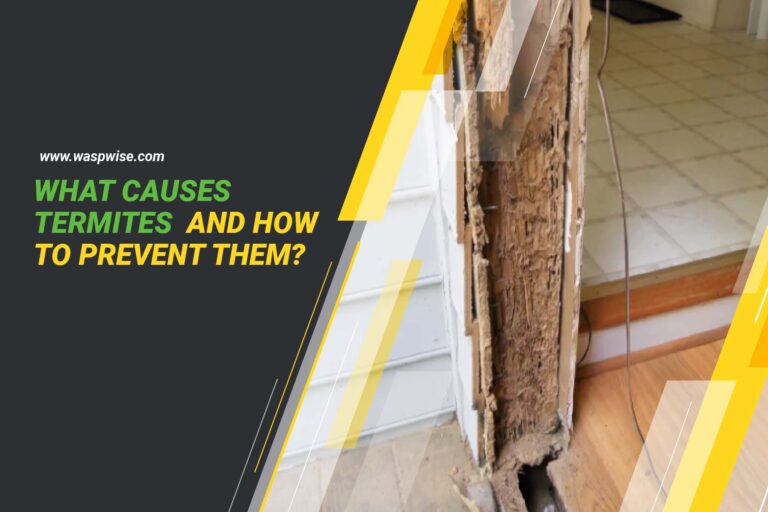THE ROLE OF PESTS IN THE ECOSYSTEM AND WHY THEY INVADE OUR HOMES
Pests have always been a part of our lives, invading our homes and causing havoc. While they are often viewed as a nuisance, it is important first to understand their role in the ecosystem. Despite their bad reputation as “pest” species, these creatures still serve important functions within the environment, such as pollinating plants; providing food for other species; controlling insect populations; breaking down organic matter; dispersing seeds; scavenging dead animals; providing food sources for predators; cycling nutrients; and much more. Without these essential services provided by pests, entire ecosystems could be disrupted, leading to disastrous consequences for us all!
HOW PESTS CONTRIBUTE TO THE BALANCE OF NATURE
Nature is a complex system, constantly in motion, with all living things playing their part. Pests are no exception; they also have a role to play in the balance of nature. Like a spider spinning its web, they bring together different aspects of the ecosystem, connecting them in ways that would otherwise not exist.
Pests can be beneficial to the environment by providing food for other species, such as birds and fish. They also help to keep plant populations in check by consuming excess vegetation from areas where it might otherwise become overgrown.
Without pests, many species would not survive, and the ecosystem would be imbalanced. For example, spiders and insects are important pollinators and decomposers, breaking down organic matter and returning nutrients to the soil. Additionally, pests such as mosquitoes and ticks provide food for bats and birds.
THE MAIN REASONS WHY PESTS INVADE OUR HOMES
According to the National Pest Management Association, over 26 million households in the United States are dealing with a pest infestation. This statistic serves as a reminder of why pests invade our homes in the first place. Generally, there are three main reasons that pests try to enter residential dwellings.
The first is seeking shelter and protection from predators or extreme weather conditions. Many pests, such as flies and cockroaches, will seek refuge inside homes in dark and damp places if they can find an opening. They’re also attracted to food sources like pet food, kitchen scraps, and crumbs left behind on countertops or floors.
The second reason is that many pests reproduce quickly and have adapted to urban environments where they can find plenty of sustenance. This includes mosquitoes that lay eggs near areas with standing water, termites that eat wood, and ants looking for sugary treats. These creatures may come into contact with humans during their search for food and shelter, which can lead to infestations inside homes if not addressed promptly.
Finally, another reason for pest invasions is inadequate sanitation or maintenance of a home’s exterior. Poorly maintained garden beds or tall grasses can provide ideal habitats for rodents and insects seeking refuge from predators or weather conditions. Additionally, overflowing bins or unemptied garbage cans may attract scavenging animals like rats or raccoons looking for an easy meal.
COMMON HOUSEHOLD PESTS AND THEIR ECOLOGICAL FUNCTIONS
Ironically, the same pests that invade our homes and cause so much trouble are actually essential to the functioning of healthy ecosystems. From common household ants to the less welcome bedbugs, these unwelcome visitors have their role in maintaining a balanced environment.
From insects like ants and cockroaches that help break down waste and recycle nutrients to mice whose presence can regulate insect populations, there is no doubt that pests play an integral part in keeping our planet healthy. Even though they can be persistent invaders in our homes, it’s important to remember their important ecological functions.
HOW PESTS ADAPT TO HUMAN HABITATION AND WHY THEY THRIVE THERE
Take, for example, the common housefly. It is a nuisance in our homes but it has adapted to human habitation incredibly well. In fact, it is estimated that over 100 species of flies have adapted to living in and around human dwellings. This adaptation has allowed them to flourish, even when humans have tried to rid themselves of them using insecticides and other methods.
Flies and other pests are able to thrive in our homes by taking advantage of the food sources available there. They can feed on crumbs from meals or spills from drinks – they don’t need much food to survive. Additionally, they can find shelter in dark crevices and corners where we rarely clean or look. This combination of readily accessible food and shelter makes our homes an ideal habitat for pests like flies.
Pests also adapt quickly to their environment, allowing them to outpace any human attempts to eliminate them. As soon as one type of pest is eliminated, another takes its place – often a species better adapted than the last one was. This rapid evolution gives pests an edge against us when it comes to survival; no matter how hard we try, some will always manage to make their way into our dwellings.
THE DANGERS OF PESTICIDES AND THEIR IMPACT ON THE ECOSYSTEM
It is estimated that over 150 million pounds of pesticides are used each year in the United States alone. This staggering amount of chemicals in the environment can have immense consequences on our ecosystem.
Pesticides are meant to help us combat pest infestations. However, they often come with a huge cost to our health and environment. Pesticides can remain in soil for years, leaching into nearby water sources and entering the food chain through plants and animals. This can lead to serious health issues for both humans and wildlife alike, such as birth defects and neurological damage.
Furthermore, pesticides have been known to cause non-target species die-offs due to their broad-spectrum nature. This means that beneficial insects such as bees, butterflies and ladybugs are not spared from their harmful effects either, leading to imbalances in our fragile ecosystems. Additionally, when pests become resistant to these poisons, it leads to more pesticide use, further damaging our planet.
NATURAL PEST CONTROL METHODS TO KEEP YOUR HOME SAFE AND ECO-FRIENDLY
Natural pest control methods are an eco-friendly way to keep pests out of your home and maintain the balance of the environment. Here are some tips for natural pest control that will help protect your home while keeping your ecosystem healthy:
- Keep things clean. Vacuum regularly and make sure food is stored away properly. This helps keep pests away and maintain a healthy environment in your home.
- Plant certain species of plants around your home. Certain plants like marigolds, chrysanthemums, and lavender can help repel certain pests naturally.
- Utilize natural predators to control pests. Introducing beneficial insects like ladybugs and praying mantises can help reduce infestations from other pests like aphids or caterpillars without using chemical pesticides.
- Use sticky traps or baits to catch any remaining pests entering your home. These traps use non-toxic substances to attract and trap the pests so you can dispose of them without harming the environment or introducing more chemicals into your house.
By using these simple tips, you can protect your home from unwanted guests while still helping maintain the balance of nature in your local ecosystem. So don’t just reach for those chemical pesticides; there are plenty of other ways to fight off unwelcome visitors while keeping Mother Nature happy too!
THE IMPORTANCE OF SEEKING PROFESSIONAL HELP FOR PEST INFESTATIONS
It can be tempting to try to handle a pest infestation on our own, but when it comes to safeguarding our homes and the environment, seeking professional help is essential. As if an uninvited intruder had sneaked in through a door left ajar, pests often make their way into our homes without warning.
Professional pest control teams are equipped with the knowledge and skills needed to identify and remove any type of infestation from your home. They can provide tailored solutions that are tailored for each unique situation. Furthermore, professional pest controllers understand how their methods will impact the surrounding environment and take steps to ensure minimal disruptions or damage is done.
By choosing professional assistance over DIY methods, you can rest assured that your home is free from unwanted guests in a safe and eco-friendly manner. Not only will this prevent further damage caused by the pests themselves, but it will also protect the local wildlife and maintain biodiversity in your area. Taking such measures helps safeguard your home and the environment while ensuring peace of mind for everyone involved.
CONCLUSION
Pest control is an important part of maintaining a healthy home and environment. Pests have a role to play in the ecosystem, but when they invade our homes, it can be both dangerous and destructive. With proper identification and natural pest control methods, we can help keep these unwanted guests away from our homes.
It is said that “an ounce of prevention is worth a pound of cure” – this adage applies perfectly to pest control. Taking proactive steps such as sealing potential entry points, removing food or water sources, and using natural methods for controlling pests are all effective ways to limit the risks associated with pests in your home.

